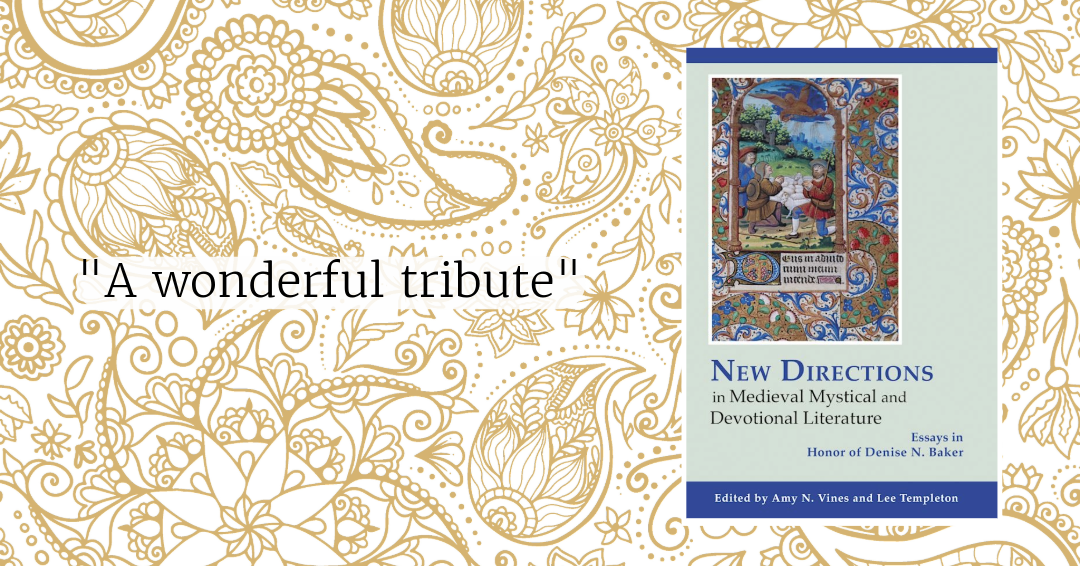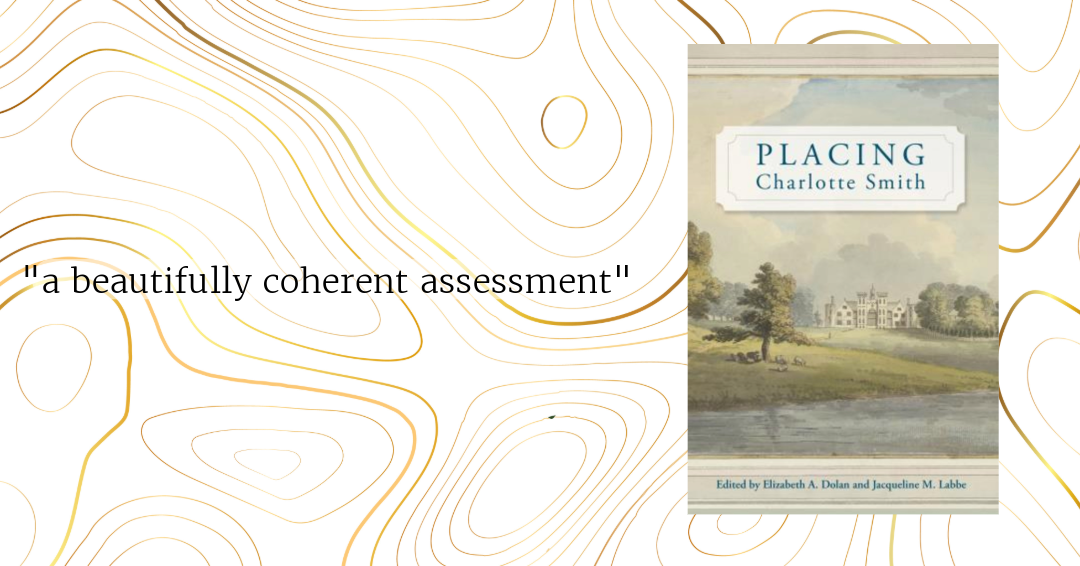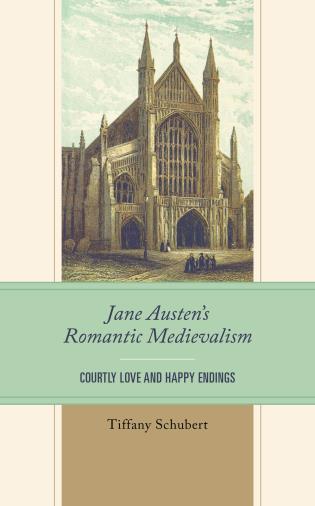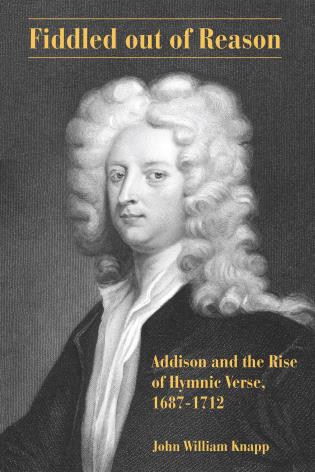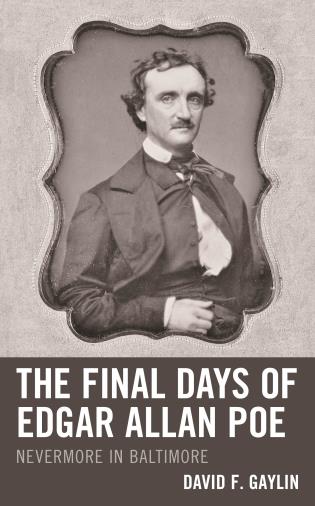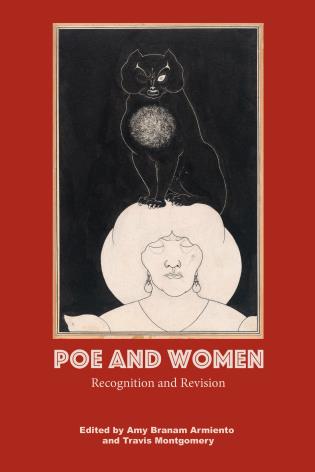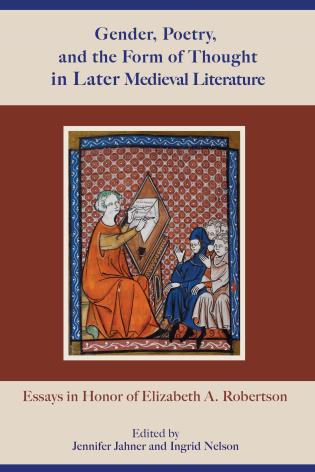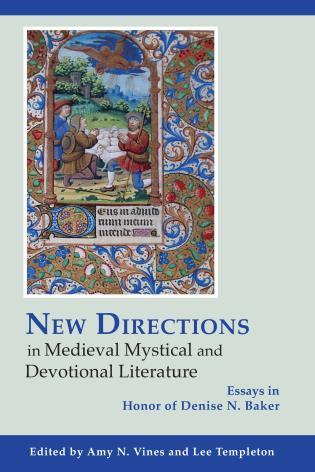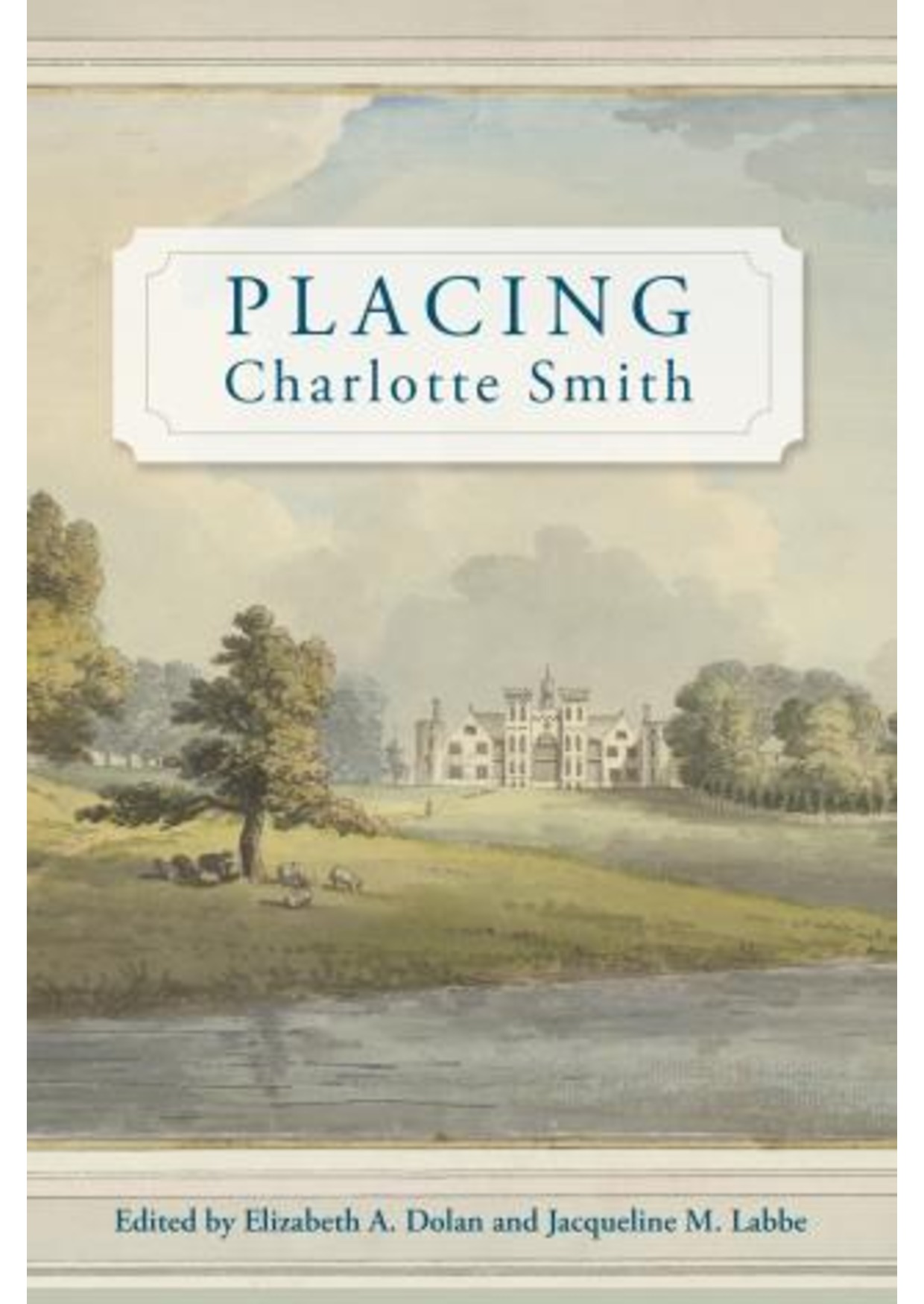The Lehigh Valley from Settlement to Steel
American historians have emphasized major cities as cultural and economic centers. This volume explores the vitality of cultural, economic, and political life beyond those cities. The Lehigh Valley is a place where integral events occurred, but is also an example of regional growth outside large cities. Its unique location, close enough to New York and Philadelphia to market grain, iron, coal, and steel, yet distant enough to develop its own cultural life, offers a regional model persisting for more than two centuries heretofore unexplored in American historical scholarship. This persistence of cultural and economic patterns, including the capacity to change, makes Lehigh Valley history particularly intriguing.
The volume begins with the transatlantic context of Lehigh Valley settlement, including essays on the economic, religious, and political impetus for immigration; the unique gendered religious thought of Moravians, who settled in Bethlehem; and the evolving ideology about what status Native Americans should hold in colonial society. The essays that follow focus on economic development and religious conflict during the eighteenth-century settlement at the Forks of the Delaware, including studies of the Moravians' industrial complex in early Bethlehem, their missionary efforts among German Lutherans and Reformed on the frontier, and eighteenth-century economic networks in wheat, flour, and iron.
After the Revolution, the Lehigh Valley became a center of political protest and politics, contributing ideology and political machinery to party formation in the early republic. In the nineteenth century, industrialists built upon earlier craft and agricultural development to exploit Pennsylvania coal and iron resources. Canals and railroads provided links to markets that fostered the growth of the anthracite coalfields and corporations such as Bethlehem Steel. Its executives created an elite society in Bethlehem and shaped its growth as a company town while decline in the coalfields presaged de-industrialization generally in the United States.
These essays originated in a series of symposia and lectures sponsored by the Lawrence Henry Gipson Institute for Eighteenth-Century Studies, the Bitting Family Gift, and the Department of History at Lehigh University. The contributors, including Marianne S. Wokeck, Michael G. Baylor, Beverly Prior Smaby, Ned C. Landsman, Gregory Evans Dowd, Stephen H. Cutcliffe, Karen Z. Huetter, Aaron Spencer Fogelman, Michael V. Kennedy, Jeffrey L. Pasley, Andrew Shankman, Augustine Nigro, John K. Smith, Roger D. Simon, Thomas Dublin and Walter Licht, are accomplished historians of colonial British America, early modern Europe, and the United States.
About the Editors
Jean R. Soderlund is a Professor of History at Lehigh University.
Catherine S. Parzynski teaches at Montgomery County Community College in Blue Bell, Pennsylvania.
Reviews:
The editors are to be commended for selecting capable authors who provide penetrating insights. The articles are well written and copiously documented, citing numerous primary sources. Several authors include informative charts and graphs. Most articles contain illustrations or pertinent people and places.
--John B. Frantz, Pennsylvania State University, The Pennsylvania Magazine of History and Biography
Together [these essays] encourage us to pay more attention to the Lehigh Valley, even as they convey a sense that the valley, located so close to two major Atlantic metropolitan areas, is in fact quite distinctive and may not serve as a model for anything but itself. Even though Backcountry Crucibles has no map to help situate readers who might be unfamiliar with the Lehigh Valley, the essays here will make them want to get better acquainted with the region.
--John Bezis-Selfa, Wheaton College, Technology and Culture



